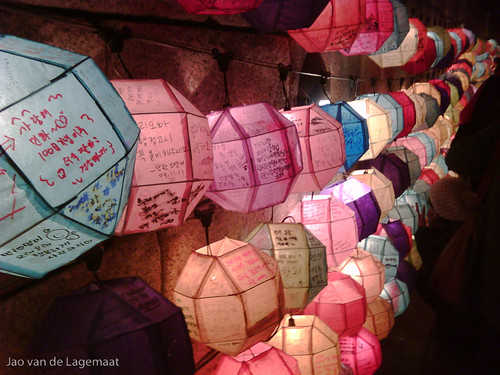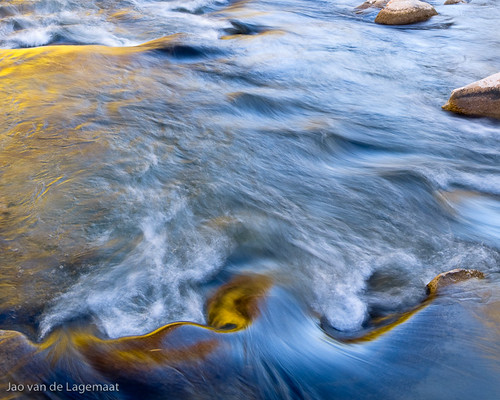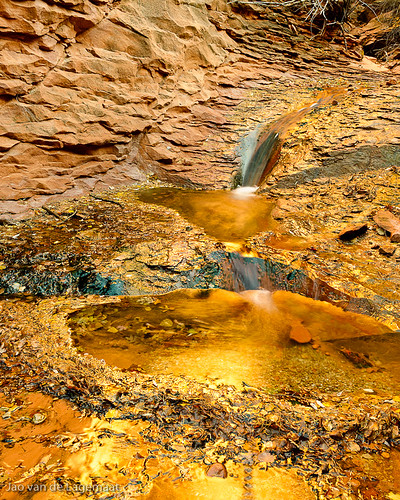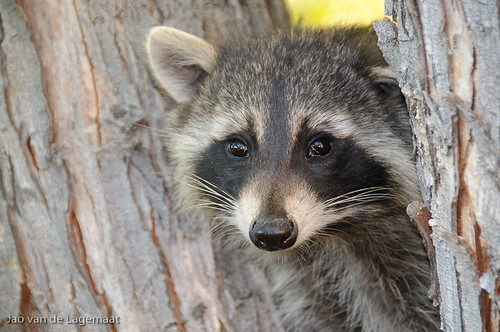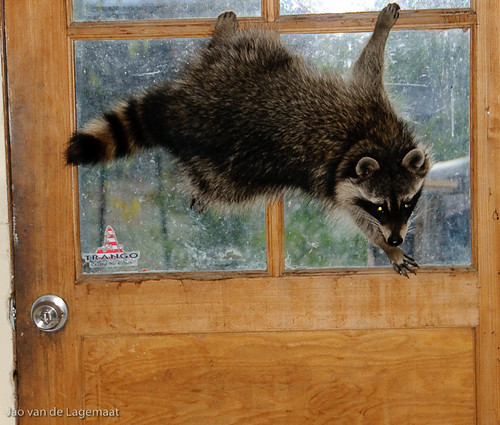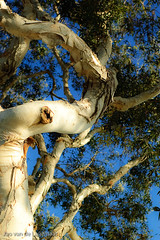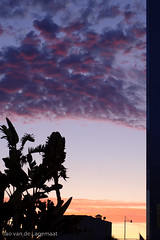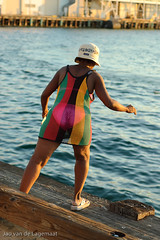Prelinks before the post:
Last Saturday, I finally was able to get myself out of bed at an ungodly hour of 2 am in order to photograph the sunrise at Chasm Lake. I had been planning to do this for a long time and my research showed that the light was still good, but wouldn't be for very long anymore. Chasm Lake is at the foot of Longs Peak (yes no apostrophe) in Rocky Mountain National Park. I remembered vaguely that it was a good distance hike as I had done it several times before and I had looked around for hiking times. One guide book and a web page mentioned
about 3h20m for the 4.2 mile hike, which seemed long to me, but perhaps the altitude makes it more difficult. So I got up at 2 am, turned on the coffee machine and got dressed and hopped into he car hoping that the coffee would keep me awake. It was more the blaring car stereo that did it though. I got at the trailhead parking (which was almost full already as is normal on the weekend) at around 3:30 am, and started hiking at 3:45. Since the sun was going to rise around 6:46, which I knew owing to the GPS and to checking the location in the excellent
TPE app programmed by fellow Colorado photographer
Stephen Trainor, I thought I'd better hurry if I want to catch the predawn glow. Along the trail which is initially mostly in the forest, I passed many very friendly folks (it's a strangely social event going up this trail around 4 am because of all the people attempting to summit Longs). Up above the treeline, the starry sky was spectacular (moonless night) and I could clearly see the Denver metropolitan area. I scrambled the last few boulders and saw the lake and Longs' diamond face before me. However, it was still very dark. I checked my watch and it was only 5:30 am, still over an hour to go and apparently if you're motivated, 3h20m turns into only 1h45m, giving me plenty of time to check out some locations. I chatted a little with some very cold climbers that had bivouacked there and found some locations right next to the water and waited for the sun to come up.
Waiting for the sun to come, I tried to make some star trail images realized that I did not bring a remote release. This oversight stops one's ability to make bulb exposures so I had to work around this by combining multiple 30 second exposures, with the result that the star trails look like morse code. Next time better I guess. The star trails are more easily visible in the image when you click on it.

Shortly before day break, the sky and mountains started glowing beautifully purple. The image below was taken 20 minutes before sunrise using a 13 second exposure.

Ten minutes later I generated the following high-resolution composite on which you can see the lake more fully as well as the lake shore.

At about 6:46 am this is what it looked like. The mountain was suddenly on fire and the glow contained oranges, reds, and magentas and even bright yellow in the vertical ledge in the middle:

A more close-up view is here:

After about 5 minutes, suddenly the sun disappeared behind a hazy layer for a few minutes and the light turned sullen grey. I was afraid that the good light would be gone already after only a few (but intense) minutes.
Here is a link to an image during this grey period. However, this was by far not the end of it, and 5 minutes later, the sun came back with a vengeance. Now the mountain and the lake where bright yellow:

There are some more colorful images on
the smugmug gallery.
Looking over my shoulder I could see another photographer shooting further away from the lake but pointing in the same direction (I wonder why?). I wanted to go meet him/her but he/she was already gone when I was ready to move on. So I decided to continue my journey along the north side of the lake towards the bottom of the diamond. This was a hard scramble over a large boulder field, some traversing along a big slab and following a snow field with a deep chasm on the side up. Finally on the tip of a moraine, I took some images looking straight up at Longs using extreme wide angles. Here is a good example:

Amazing that people climb this. I have quite a few friends who have done it, but I can't imagine what it is like not being a technical climber. I could see some climbers going up and if you look at the full res (60 MP+) version of my images you can see people. More clearly could I see climbers going up Lamb's slide to the left:
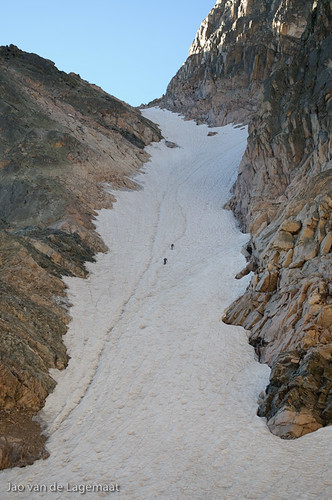
I had my breakfast up here and headed back. Talked to some climbers I met that were just coming up and snapped some images such as this of the lake and Ship's prow:
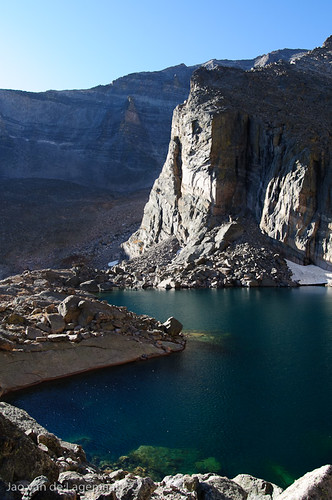
Crossing the stream I came upon this view, which unfortunately I had not found before. I think this is the view to get at sunrise:

I converted it to black and white here as I thought it quite dramatic. If you mouse over you can see the color version. The blue of the sky was extremely deep even without polarizers.
On the way down in the forest I noticed some turning Aspen:
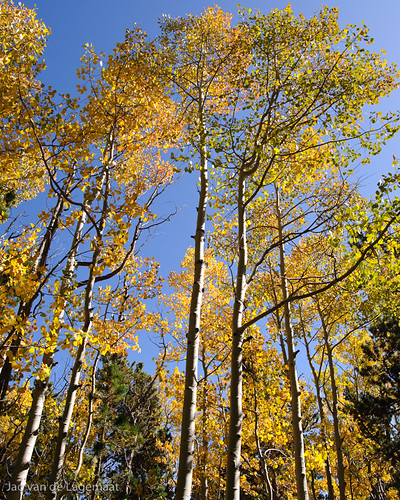
I think they provide a nice conclusion to the post.















